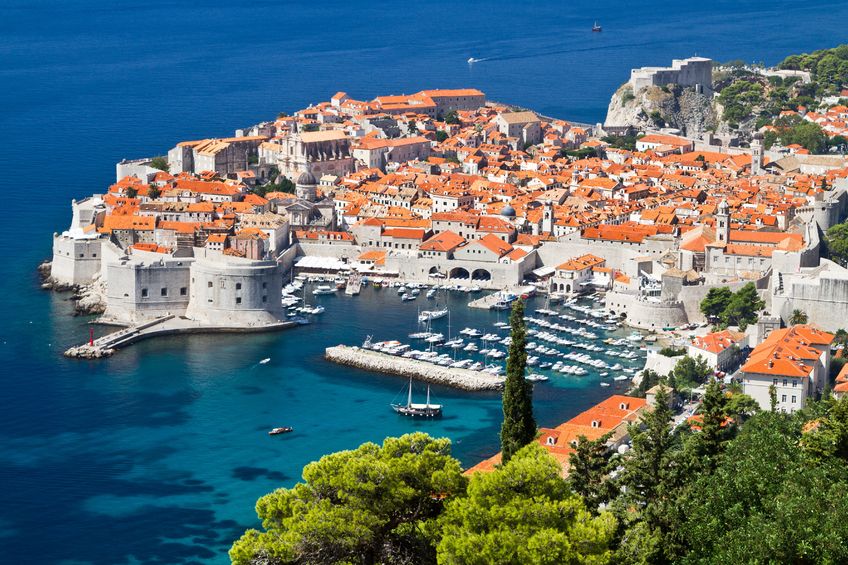Croatia is a country in the SouthEast part of Europe, with incredible seaside resorts and clean blue-green sea.
The lands that today comprise Croatia were part of the Austro-Hungarian Empire until the close of World War I. In 1918, the Croats, Serbs, and Slovenes formed a kingdom known after 1929 as Yugoslavia. Following World War II, Yugoslavia became a federal independent Communist state under the strong hand of Marshal TITO. Although Croatia declared its independence from Yugoslavia in 1991, it took four years of sporadic, but often bitter, fighting before occupying Serb armies were mostly cleared from Croatian lands. Under UN supervision, the last Serb-held enclave in eastern Slavonia was returned to Croatia in 1998.
Area: total: 56,542 sq km land: 56,414 sq km water: 128 sq km
Climate: Mediterranean and continental; continental climate predominant with hot summers and cold winters; mild winters, dry summers along coast
Terrain: geographically diverse; flat plains along Hungarian border, low mountains and highlands near Adriatic coastline and islands
Population: 4,076,246
Languages: Croatian 96%, other 4% (including Italian, Hungarian, Czech, Slovak, and German)
Capital: Zagreb
Croatia Map
Zagreb Croatia
Zagreb, Croatia’s capital, is distinguished by its 18th- and 19th-century Austro-Hungarian architecture.
At its center, Upper Town is the site of the Gothic, twin-spired Zagreb Cathedral and 13th-century St. Mark’s Church, with a colorfully tiled roof. Nearby is pedestrian-friendly Tkalčićeva Street, lined with outdoor cafes.

Lower Town has the main square, Ban Jelačić, plus shops, museums and parks.
Split Croatia
Split is the second-largest city of Croatia and the largest city of the region of Dalmatia, with about 250,000 people living in its urban area. It lies on the eastern shore of the Adriatic Sea and is spread over a central peninsula and its surroundings.

Dubrovnik Croatia
If you ask me, Dubrovnik is the coolest place in Croatia. It lies in the southern part of Croatia fronting the Adriatic Sea. It’s known for its distinctive Old Town, encircled with massive stone walls completed in the 16th century.

Its well-preserved buildings range from baroque St. Blaise Church to Renaissance Sponza Palace and Gothic Rector’s Palace, now a history museum. Paved with limestone, the pedestrianized Stradun (or Placa) is lined with shops and restaurants.
